In a decision T 161/18 of 12 May 2020, the EPO Technical Board of Appeals 3.5.05 confirmed the rejection of an application for a neural network, considering the description insufficient in the absence of details of the data used, so that furthermore the neural network did not lead to any technical effect contributing to the inventive While this position lighten the interpretation of the sufficiency requirement applied to artificial intelligence its scope should not be exaggerated.
The application was for a method of assessing cardiac output from blood pressure based on an artificial neural network with learning-determined weight values. The Examining Division rejected the application for lack of inventive The Board upheld the rejection, but with slightly different reasons. First, it found that the application contained little information on the input data used to train the neural network, limiting itself to specifying that such data should cover a wide range of patients. However, according to the chamber, without knowing which data are suitable for training the network, the person skilled in the art could not carry out the invention, and therefore the disclosure of the invention was insufficient (Art. 83 EPC). Secondly, since the person skilled in the art was not capable of implementing the invention, the claimed neural network could not generate a technical effect that would contribute to the inventive step (Art. 56 EPC).
A neural network – which is a form of artificial intelligence – allows a machine to evolve through a systematic process and perform tasks for which it has not been programmed by learning with Two parameters are therefore fundamental in such a network: the data selected at input and the correlation algorithm. It is difficult to determine, in fact, the qualitative importance of each of these aspects with regard to their complementarity within the learning process. It is, in part, this complementarity that leads the Chamber to consider that the mere disclosure of the algorithm remains insufficient for a person skilled in the art to be able to carry out the invention.
However, if the reasoning followed by the chamber specifies the path followed in the face of neural networks, the solution that emerges should not, in our view, amount to requiring applicants to systematically provide input data. Let us recall that the description must provide intellectual access to the invention, without necessarily guaranteeing industrial access. This means that it is not a question of providing details of the realization of the invention, but only of allowing the person skilled in the art to understand the invention, so that some trial and error may be necessary to carry out and then reproduce the In the case of computer-implemented inventions, to which neural networks belong, the issue of disclosure has always been a sensitive one. In the past, questions have been raised about the need to provide lines of source code, for example. In the end, the underlying problem remains the same whether it is a question of providing the source code or the input data: to determine whether the invention exists or whether the applicant goes beyond the field of science, which is too abstract and must be distinguished from the field of technique reserved for patent law. Thus, as in the present case, we come back to the concern for the technical character of the invention: is the claimed invention sufficiently concrete for it to be considered that it leads to a technical effect, or is it a matter of claiming a right to a mathematical formula that is more a matter of science?
In the present case, the Board considered that the data were, in this particular case, necessary to achieve the technical effect. Indeed, in the presence of a machine learning system, the inventive step is based primarily on the ability to drive a machine to achieve a given It is therefore necessary to explain in the application how the neural network uses the data to arrive at the result. The provision of the data itself does not, in itself, seem indispensable, as long as it is sufficiently clear how the neural network is trained. In the end, we come to the same conclusion as for the source code: the description must explain to the person skilled in the art how to arrive at the invention, but we should not provide the invention, so that a programmer may be asked to write code or train a machine without giving the code or data, or only giving pieces of it. The neural network in question was described in a very general way, without specifying the characteristics allowing its interaction with the other characteristics claimed: no indication of the structure of the data input or output. It is therefore not surprising that this network was deemed unusable in view of the elements provided.
It should therefore not be inferred from decision T 161/18 that the provision of data is a sine qua none requirement for fulfilling the condition of sufficiency of the On the other hand, it emphasizes once again the importance of the description in the field of computer-related inventions, while at the same time providing clarification for drafters of applications relating to artificial intelligence.
Matthieu Dhenne
Attorney-at-Law (Paris Bar)
PhD (Panthéon-Assas Paris University)
Affiliated Researcher ( Max-Planck Institute for Innovation and Competition)
